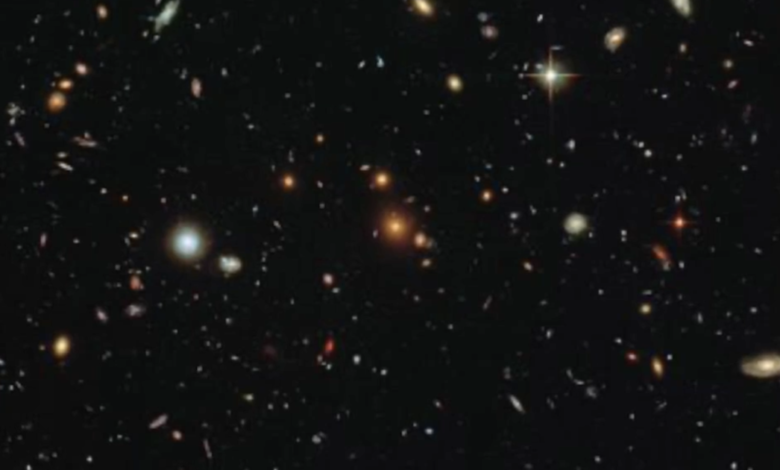
BALTIMORE, Md. — In a windowed room, sits a mission control where some of NASA’s best and brightest keep a careful view over a $10 billion eye in space.
"It's very quiet. It's kind of like a library on purpose,” said Carl Starr, mission operations manager for the James Webb Space Telescope. "There's a lot of people that it takes to run the mission."
Webb is the successor to the famed Hubble telescope, which, over the decades, brought stunning views of the cosmos to the world.
"This is the temperature map of the mirrors," said John Durning, the mission’s deputy project manager.
Webb is far more advanced than Hubble, the most powerful telescope ever sent into space, and it is traveling a greater distance.
"It's been a spectacularly worked observatory,” Durning said. “We're very, very happy."
With a last name tailor-made for a career at NASA, mission operations manager Carl Starr gave us a behind-the-scenes look at Webb’s mission control in Maryland.
"We designed it with a sense of openness because it's a science mission,” Starr said. “So, we wanted everybody to feel like they had part of it."
Now, for the first time ever, Webb will make it possible for everyone on Earth to lay eyes on something never seen before: the deepest images ever taken of space.
"It's not going to just do what Hubble did better. It is actually looking at the universe in a whole new way," said Susan Mullally, the telescope's deputy project scientist. "Webb is looking out at what we call the infrared. So, this is light that even your eye can't see. And so, as a result, we're able to study parts of the universe that we've never been able to see before."
That includes glimpsing exoplanets, which lie beyond our solar system, as well as distant galaxies that stretch back to the dawn of time.
"Galaxies that are so far away, it's hard to even come up with numbers that make sense to anybody," Mullally said.
Yet, those discoveries matter, she said.
"We're just refining our understanding with the Webb space telescope to expand our knowledge of this universe we live in,” Mullally said. "We will see gorgeous, beautiful imagery that I think people will put up on their walls as well. And I hope it inspires young people out there to want to explore the world in whatever way they choose."





